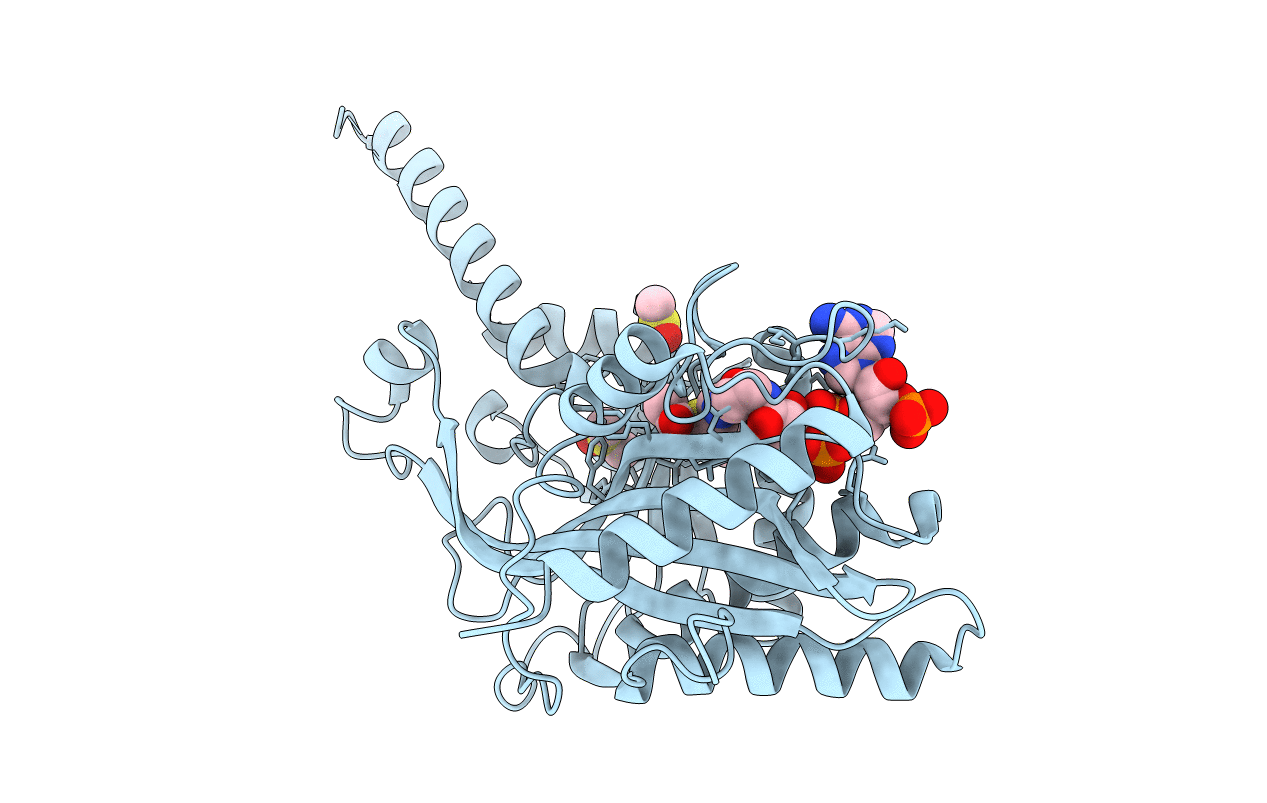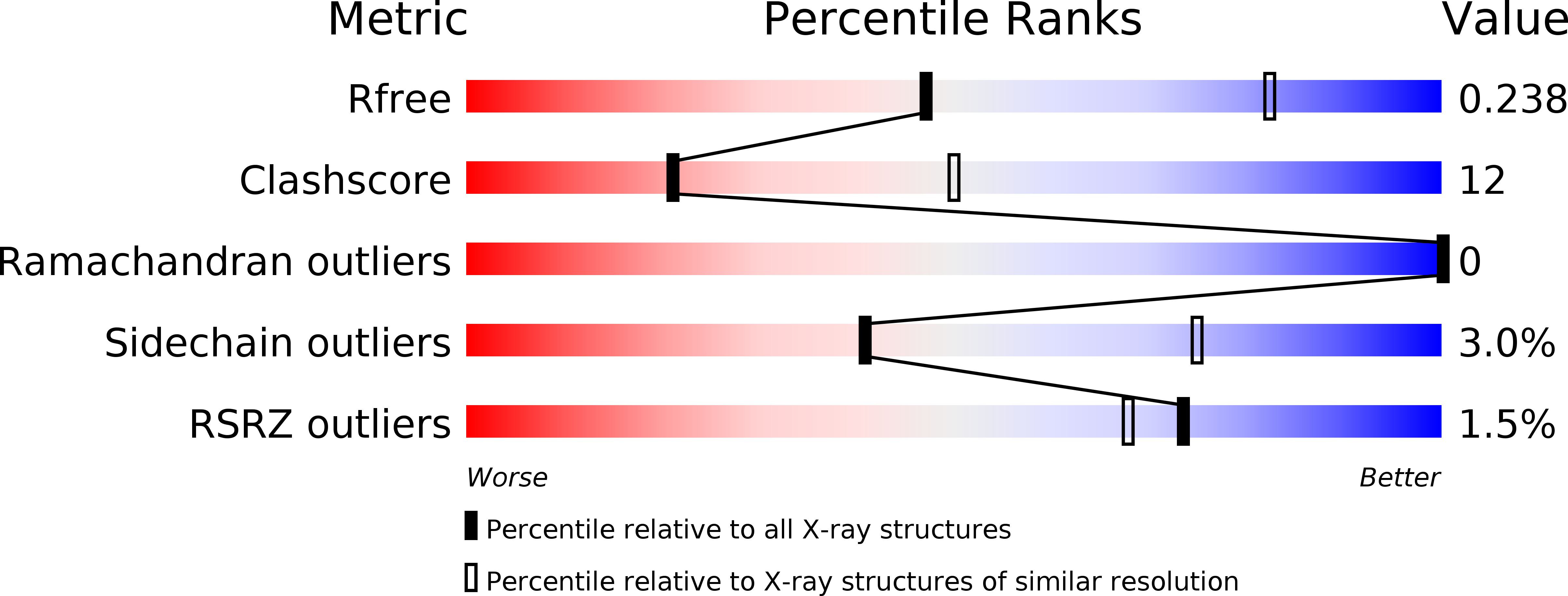
Deposition Date
2014-03-31
Release Date
2014-06-11
Last Version Date
2023-09-20
Entry Detail
PDB ID:
4PZT
Keywords:
Title:
Crystal structure of p300 histone acetyltransferase domain in complex with an inhibitor, Acetonyl-Coenzyme A
Biological Source:
Source Organism:
Homo sapiens (Taxon ID: 9606)
Host Organism:
Method Details:
Experimental Method:
Resolution:
2.80 Å
R-Value Free:
0.23
R-Value Work:
0.15
R-Value Observed:
0.16
Space Group:
P 43


